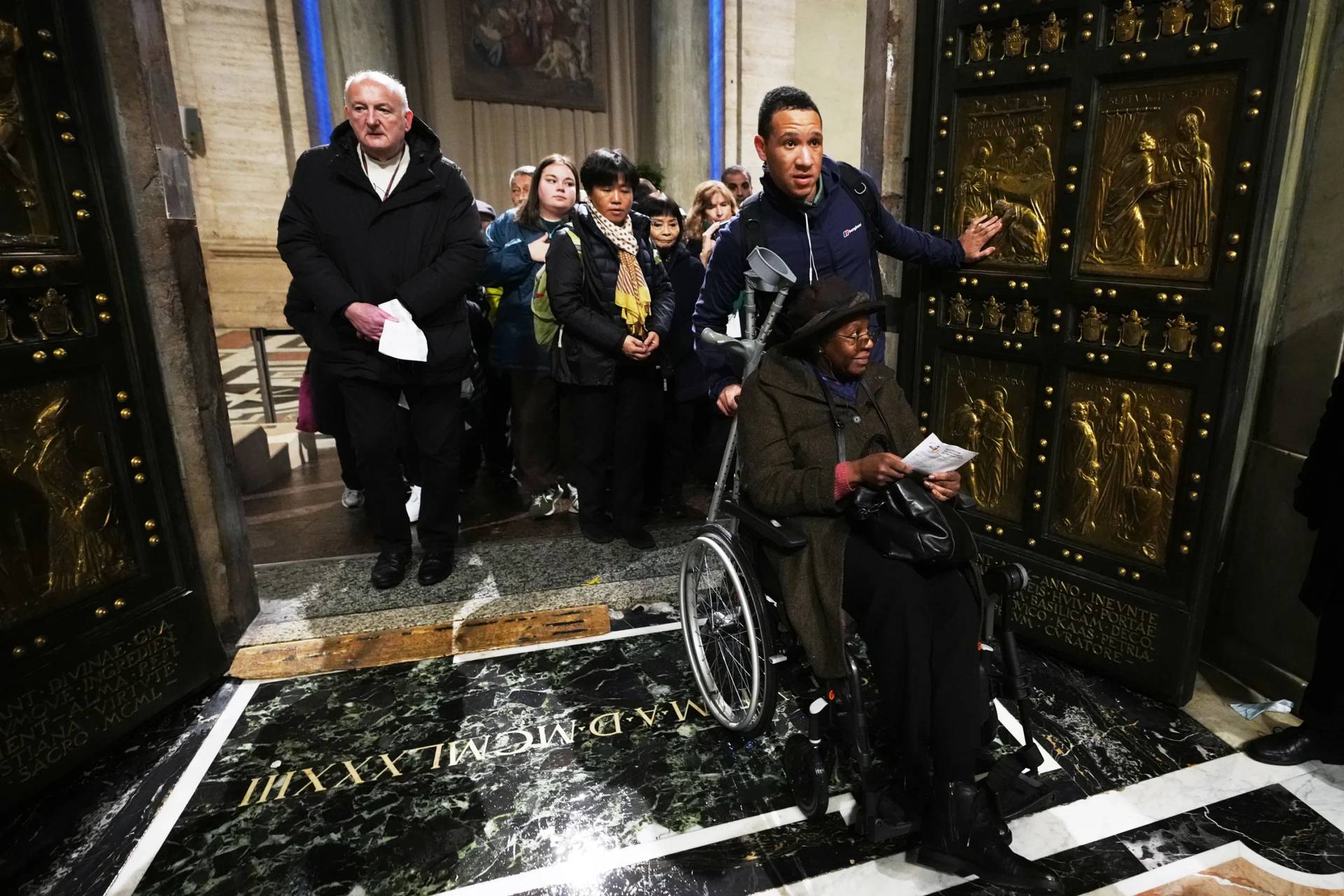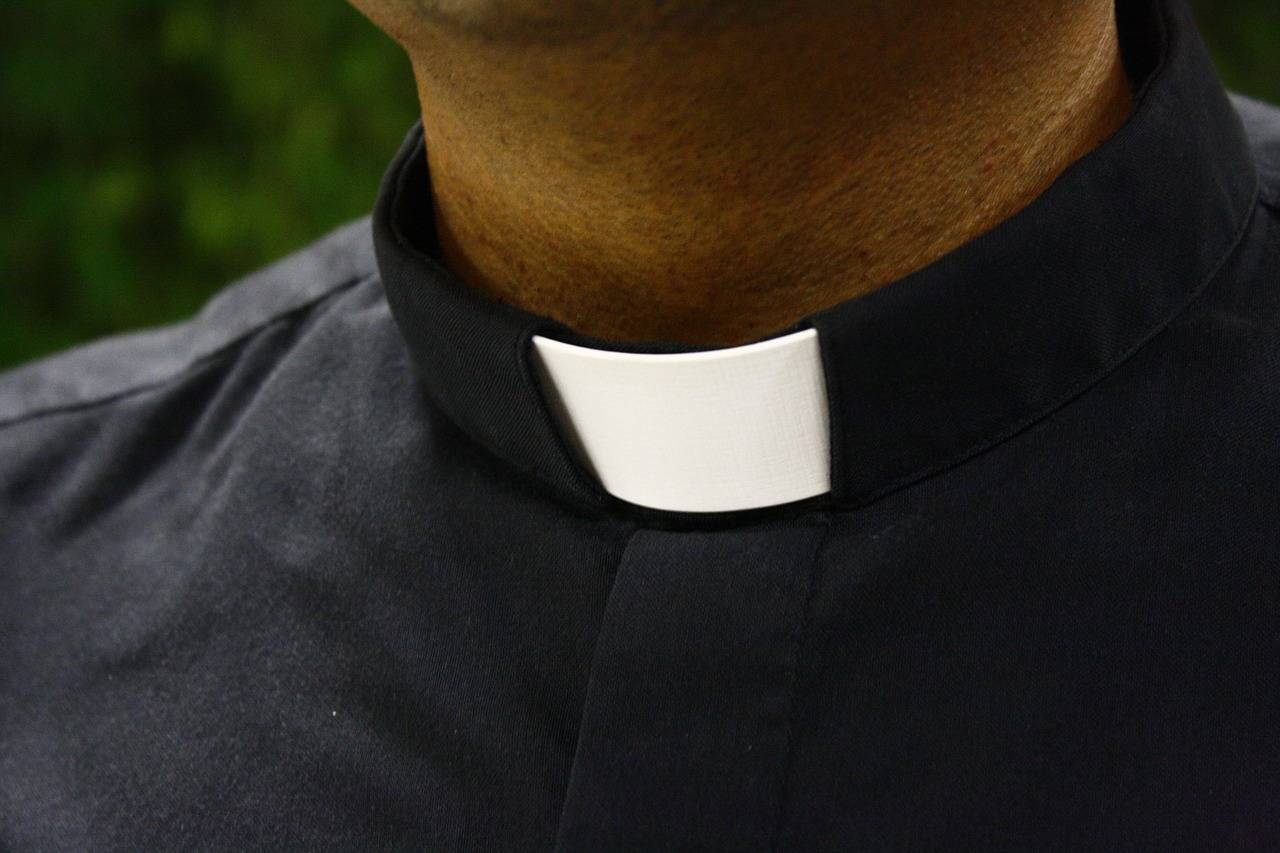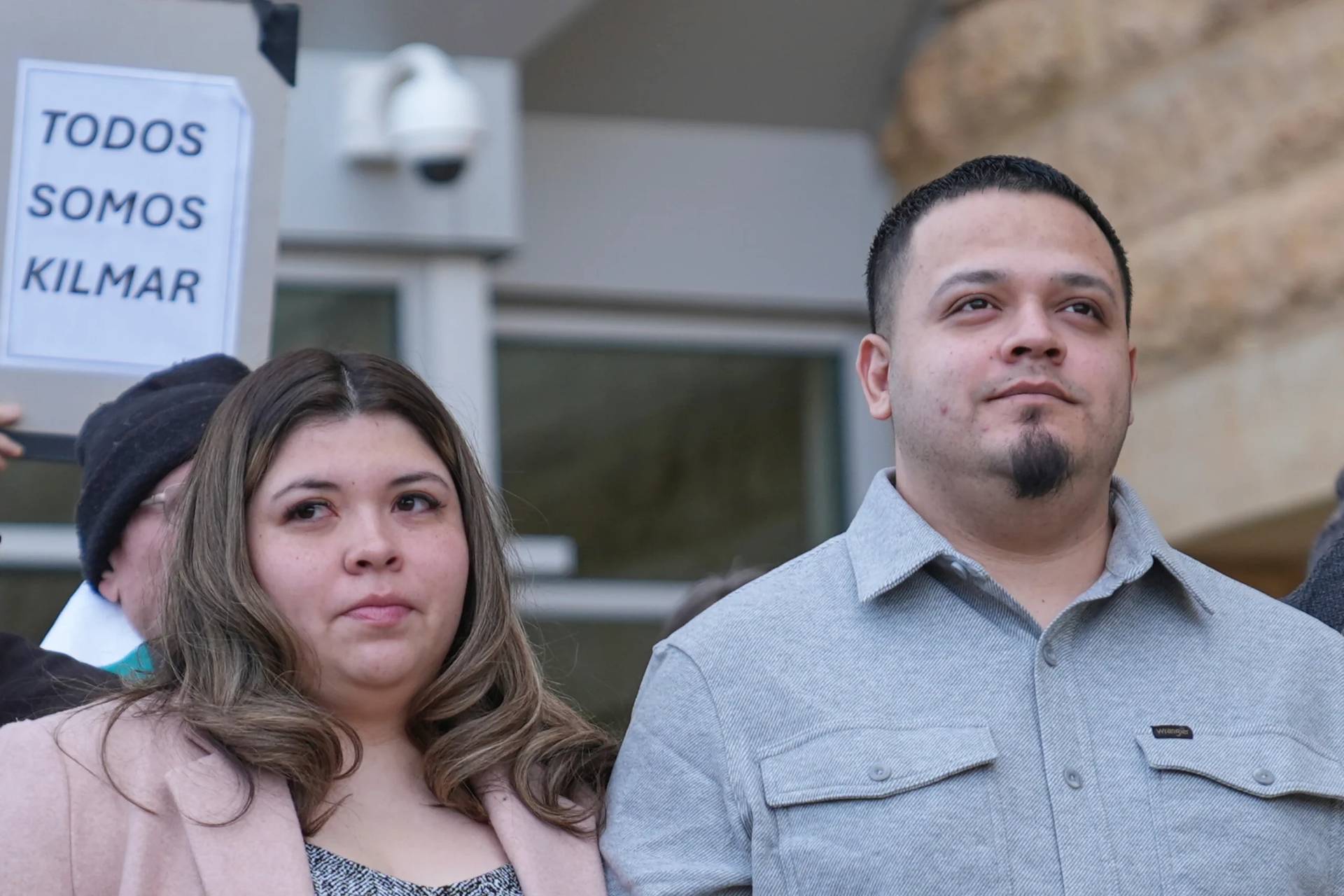NEW YORK – In a local television interview, the new archbishop-in-waiting of the Archdiocese of Hartford, Connecticut, said that if there was one thing he would suggest to Pope Francis to change it would be to move the Church’s headquarters out of Rome, as the Church is “too Roman.”
“I’d say get it out of Italy. Get it out of Rome. Put it wherever you need to. It’s too Roman,” Coyne told a reporter with WTNH News8.
“Because it’s Roman … it’s inbred in terms of the culture of that community there. [Pope Francis has] tried, and tried, and tried, to change the Roman ways, but you hit the Roman ways that have been a part of the tradition of the Church for years,” Coyne said.
“That would be the first thing I say [to Pope Francis]: ‘Is there any way we can move out of Rome and just kind of start over with a different bureaucracy?’” Coyne explained.
The interview aired Nov. 20. Coyne previously served as the bishop of Burlington, Vermont, and as an auxiliary bishop in the Archdiocese of Indianapolis, Indiana, before he was appointed to Hartford in June, 2023. He will replace Archbishop Leonard Blair once Pope Francis accepts Blair’s resignation, presumably on his 75th birthday on April 12, 2024.
In the about eight-minute long interview, Coyne gave a sobering look on the archdiocese’s reality, saying that more churches will close in the future. He also addressed the topic of women’s role in the Church, saying that he envisions them having a larger role, and that someday he hopes he’ll have the opportunity to “ordain or name some deaconesses [women deacons].”
The Archdiocese of Hartford comprises 2,288 square miles in Connecticut. It has a total population of 1,926,810, of which 427,669 are Catholic. The archdiocese went through a reconfiguration process in 2017, which resulted in 26 churches closing outright, and 144 others merging into 59 new parishes, leaving the archdiocese with 186 parishes at the time.
However, the latest information on the archdiocese’s website says that the archdiocese has 117 parishes, suggesting more have closed since.
In the interview, Coyne was frank about the reality that more churches will close in the archdiocese, putting most of the onus on the faithful who have left their local churches in unsustainable situations.
“The problem is not that the church has abandoned, that the priest has abandoned, or that the archdiocese has abandoned. The people who used to be in the church have left the church,” Coyne said. Now, part of it is we were complacent. We weren’t kind of concerned about that until all of the sudden it became a problem. But I think in many instances when churches close it’s because there’s nobody there.
“So who walked away? Coyne continued. “I don’t want to make it look like I’m blaming the laity and the people who walked away, but if the numbers aren’t there you can’t sustain it.”
The archbishop, however, added that he has “no idea” how many will close.
“I know that there are a number of parishes that have combined, and they all have a huge number of buildings that there’s going to have to be decisions made about what buildings are maintained and which are not,” Coyne explained. “Schools, parish rectories, parish halls, and churches, and a lot of it depends on all sorts of factors so I have no idea.”
The reality of churches closing and a diminishing number of faithful connects directly to his stated goal when he takes over as archbishop, which is to evangelize. He noted that the American Church, particularly in the northeast, is “no longer the Church of the culture … a Church of the community in the sense that we have an automatic entrance into different walks of life.”
“We’re a missionary Church now. People don’t just come to our church,” Coyne said. “They don’t walk through the doors. In fact, most people are walking out of doors.”
To change that reality, Coyne said the Church has to evangelize one person and one family at a time. And to young people who have left the Church, he offered a message of welcome for their return.
“We have a place for you. That you’re always welcome. That when you come here it’s a non-judgmental zone,” Coyne said. “Yes, sometimes our message is hard to hear because it’s challenging, but we’re all on the way to salvation and we want to accompany each other on that way, growing in that life of holiness.”
Follow John Lavenburg on Twitter: @johnlavenburg
















